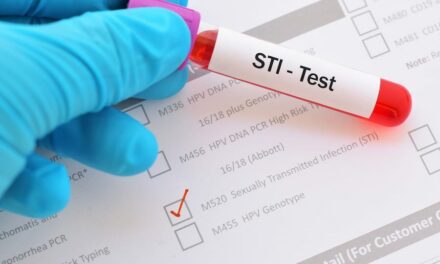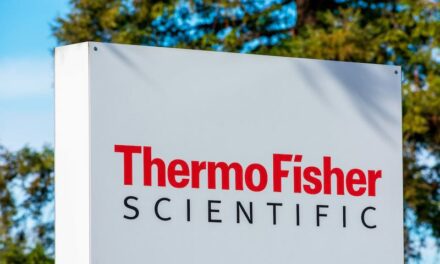Interferon-gamma release assays such as QuantiFeron-TB Gold (QFT) are recommended in assessing human immunodeficiency virus (HIV)-infected individuals, according to guidelines released online on the US National Institutes of Health AIDSinfo Web site, which reflects expert opinion in the United States.
It is the sole assay that is IGRA-approved by the FDA. The updated guidelines reflect published clinical evidence in the field. More than 130 independent clinical publications supporting the use of QFT.
Development of active tuberculosis (TB) from latent TB infection usually occurs as a result of the immune system being severely compromised. HIV infection is the biggest known risk factor for progression of latent TB infection to disease. Individuals co-infected with HIV and M tuberculosis have a greater risk of TB disease than people who are only infected with TB.
In HIV-infected people, QFT has been shown to be more sensitive than the tuberculin skin test (TST). Studies have shown sensitivity of QFT in HIV-positive patients with active TB is between 77% and 85%, compared to as low as 15% and as high as 46% for the TST (Vincenti et al 2007, Nagai et al 2007). Among those with HIV infection, the likelihood of false negative TST results increases with advancing HIV and decreasing CD4 counts. Researchers have shown QFT sensitivity is unaffected by moderately advanced HIV infection (Rangaka et al 2007).
The previously published Centers for Disease Control and Prevention guidelines recommended that QFT could be used in all situations where TST is used, and told clinicians to be cautious when using the test in individuals with immune suppression, such as HIV infection.
However, the guidelines now recommend that QFT or TST should be performed during the initial assessment of HIV patients and prior to the initiation of antiretroviral therapy regardless of CD4 cell counts. It should be repeated in patients with advanced HIV disease (ie CD4+ count <200 cells/mm3) after the initiation of antiretroviral therapy and CD4+ count has increased to above 200 cells/mm3.




